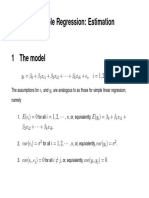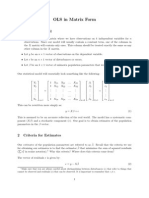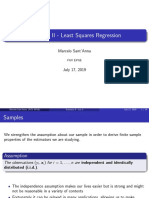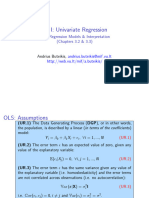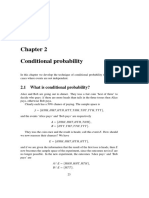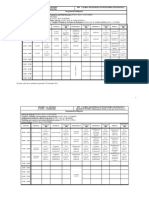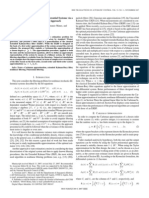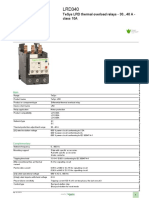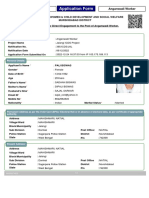0% found this document useful (0 votes)
3 views5 pagesExtended Notes on the Gauss-Markov estimator
Extended Class Notes on the Gauss-Markov estimator
Uploaded by
Costanzo ManesCopyright
© © All Rights Reserved
We take content rights seriously. If you suspect this is your content, claim it here.
Available Formats
Download as PDF, TXT or read online on Scribd
0% found this document useful (0 votes)
3 views5 pagesExtended Notes on the Gauss-Markov estimator
Extended Class Notes on the Gauss-Markov estimator
Uploaded by
Costanzo ManesCopyright
© © All Rights Reserved
We take content rights seriously. If you suspect this is your content, claim it here.
Available Formats
Download as PDF, TXT or read online on Scribd
/ 5


